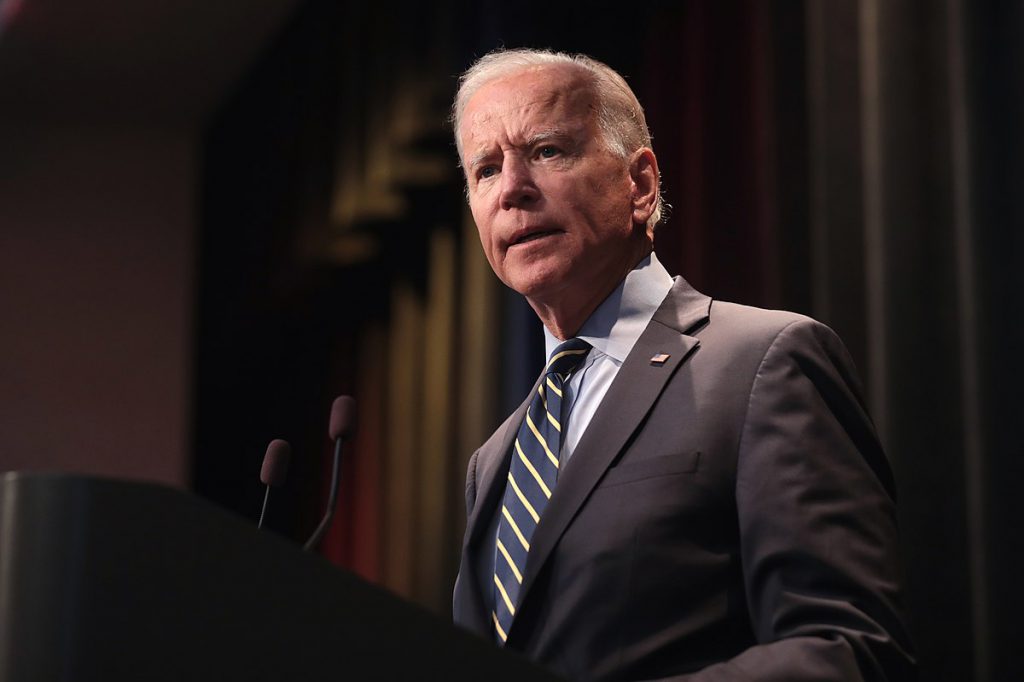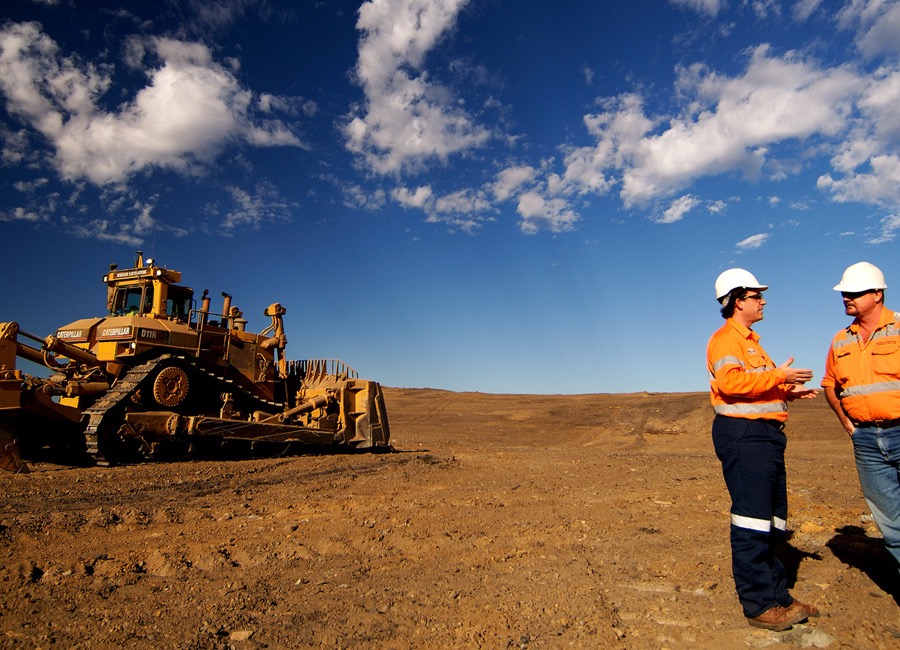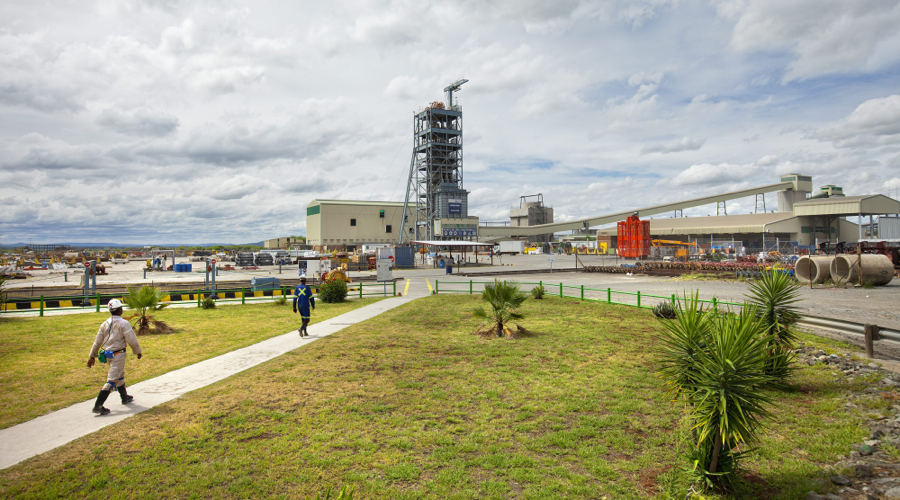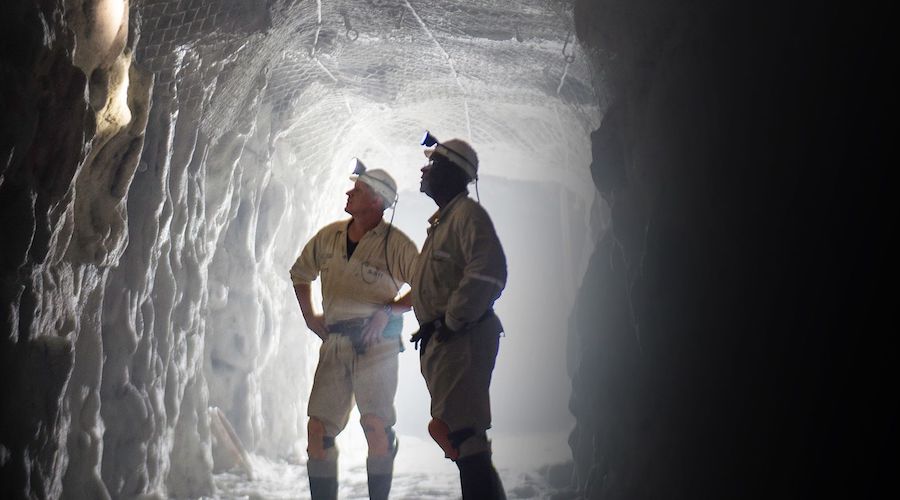Ana Faguy, USA TODAY
The claim: Barack Obama tweeted, "Has anyone checked to make sure Donald Trump doesn't have a Russian birth certificate?"
Long before he was a presidential candidate, Donald Trump gained headlines as a leading voice in the "birther" movement, amplifying the false claim that then-President Barack Obama was not born in the U.S.
A recent social media post purports to flip that accusation on its head.
A March 20 Facebook post presents what appears to be a screenshot of a March 16 tweet from former President Barack Obama.
"I think most Americans would agree that I'm a level-headed individual, not a man who's prone to indulging in conspiracy theories," reads the purported Obama tweet. "I've certainly had a fair number directed at me. But has anyone checked to make sure Donald Trump doesn't have a Russian birth certificate?"
The post accrued more than 500 shares in less than three weeks, and comments showed many social media users believed it was authentic.
But the tweet is not real, Obama never made the comment on social media.
USA TODAY reached out to the user who shared the claim for comment.
The post originates from a satire site
The screenshot of Obama's supposed tweet was posted by the satire page Stop The Donald. According to their website, Stop The Donald uses "humor as a political weapon against Strongmen and Dictators."
The altered tweet is poking fun at Trump’s previous questioning of Obama’s birth certificate, which Trump began in 2011. Trump continued to question Obama's citizenship during the 2016 election.
The tweet also alludes to Trump's Russian connections and favorable comments toward Russian President Vladimir Putin.
The screenshot lists the tweet as being sent on March 16, but there is no evidence of any such tweet on Obama's account.
Fact check: Fictional Tucker Carlson quote about Ukraine spreads on social media
On March 16 Obama tweeted twice. The first was a three-part thread on the Ukrainian refugee crisis, and the other was a tweet about March Madness.
The post accrued more than 500 shares in less than three weeks, and comments showed many social media users believed it was authentic.
But the tweet is not real, Obama never made the comment on social media.
USA TODAY reached out to the user who shared the claim for comment.
The post originates from a satire site
The screenshot of Obama's supposed tweet was posted by the satire page Stop The Donald. According to their website, Stop The Donald uses "humor as a political weapon against Strongmen and Dictators."
The altered tweet is poking fun at Trump’s previous questioning of Obama’s birth certificate, which Trump began in 2011. Trump continued to question Obama's citizenship during the 2016 election.
The tweet also alludes to Trump's Russian connections and favorable comments toward Russian President Vladimir Putin.
The screenshot lists the tweet as being sent on March 16, but there is no evidence of any such tweet on Obama's account.
Fact check: Fictional Tucker Carlson quote about Ukraine spreads on social media
On March 16 Obama tweeted twice. The first was a three-part thread on the Ukrainian refugee crisis, and the other was a tweet about March Madness.
Our rating: Satire
Based on our research, we rate SATIRE the claim that Obama tweeted, "Has anyone checked to make sure Donald Trump doesn't have a Russian birth certificate?" There is no evidence that this tweet exists, and the screenshot originates from a satire site.
Our fact-check sources:
Stop The Donald, accessed April 8, Mission
Los Angeles Times, Sept. 16, 2016, What Donald Trump has said through the years about where President Obama was born
CNN, Nov. 29, 2017, Report: Trump continues to question Obama’s birth certificate
Politico, March/April 2017, All of Trump’s Russia Ties, in 7 Charts
NPR, Feb. 22, Trump praises Putin as 'savvy' amid new escalations on Russia-Ukraine border
PolitiFact, April 5, No, Obama didn’t tweet that Trump might have Russian birth certificate
Reuters, April 5, Fact Check-Fabricated Obama tweet about Trump and birth certificate was created as satire
USA TODAY, Oct. 13, 2021, Fact check: Image claiming to show Barack Obama's birth certificate is fake
Thank you for supporting our journalism. You can subscribe to our print edition, ad-free app or electronic newspaper replica here.
Our fact-check work is supported in part by a grant from Facebook.










